Discover the wide world of homalomena plants! This houseplant genus boasts incredible diversity with varieties sporting green, red, silver, lime and variegated leaves in all shapes and sizes.
If you love unique tropical foliage, you need to get acquainted with the homalomena genus! These versatile aroids from the jungles of Asia and the Pacific islands make excellent low-maintenance houseplants with their distinctive leaves and care-free growing habits. With dozens of different species and cultivars to choose from in a rainbow of colors and patterns, there’s a homalomena variety to suit any space or taste.
Sometimes called the “jewel aroid” for their ornate foliage, homalomenas are a subgroup of the aroid or arum family, which also includes favorites like philodendrons, monsteras, and anthuriums. While they may look exotic, most homalomenas are remarkably easy to grow indoors if you can mimic their native tropical conditions. Simply provide warmth, humidity and bright, indirect light.
Ready to dive into the wonderful world of homalomena houseplants? Here are some of the most popular and eye-catching varieties being grown today.
1. Emerald Gem
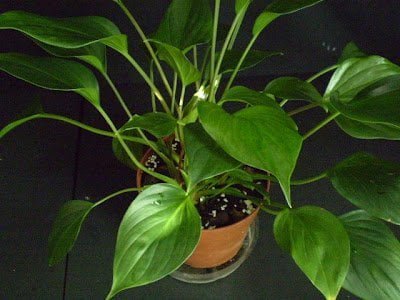
Botanical name : Homalomena ‘Emerald Gem’
One of the most common homalomenas in cultivation is the aptly named ‘Emerald Gem.’ This naturally occurring hybrid arose from a cross between H. wallisii and H. roropae, combining the best attributes of each parent into an incredibly choice houseplant.
True to its name, Emerald Gem sports incredibly lustrous, emerald green oval leaves sporting prominent veining. The foliage has a rubbery, waxy texture and attractive arching form that gives it a sculptural feel.
As a moderate grower reaching about 2 feet tall, Emerald Gem homalomena easily fits into desktop gardens or tabletop planters. It branches readily from the base to create full, bushy specimens over time. Easy to care for and highly forgiving of missed waterings or low humidity, this variety is a great starter homalomena.
2. Homalomena Rubra
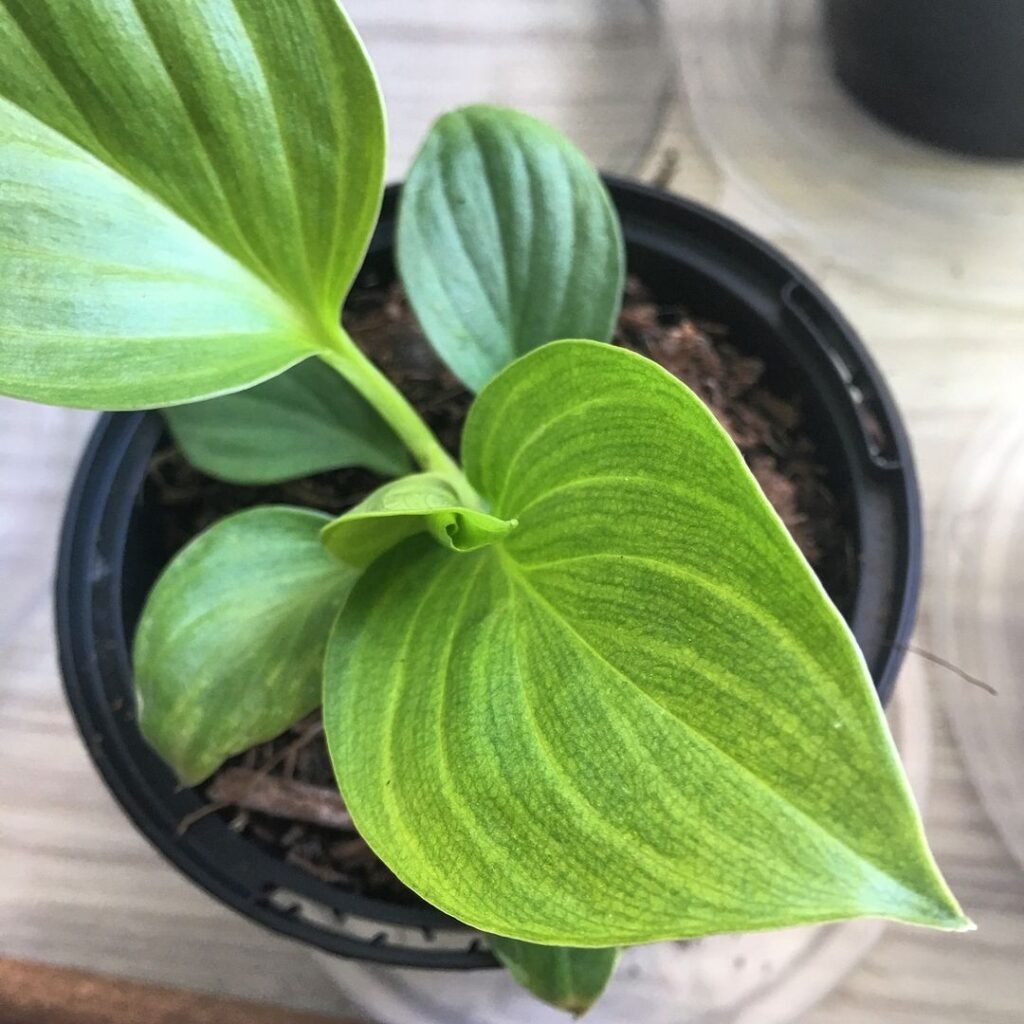
If rich, velvety tones are more your style, check out the stunning burgundy leaves of homalomena rubra. This eye-catching cultivar features reddish-black oval leaves with contrasting veining in shades of pink, red or cream depending on the variety.
Some of the most striking forms include Homalomena rubra ‘Roneryu’ with bright neon red veins, and the near-black leaves of ‘Princess Alexia’ featuring hot pink veins and undersides. During periods of bright light, the leaves of some rubra varieties may develop spectacular iridescent sheens.
Smaller in stature than some homalomena species, rubras make ideal tabletop plants for brightening up desks or side tables. Just be sure to provide bright, filtered light and allow the soil to dry slightly between waterings to prevent stem rot from excess moisture.
3. Homalomena Selby Massive
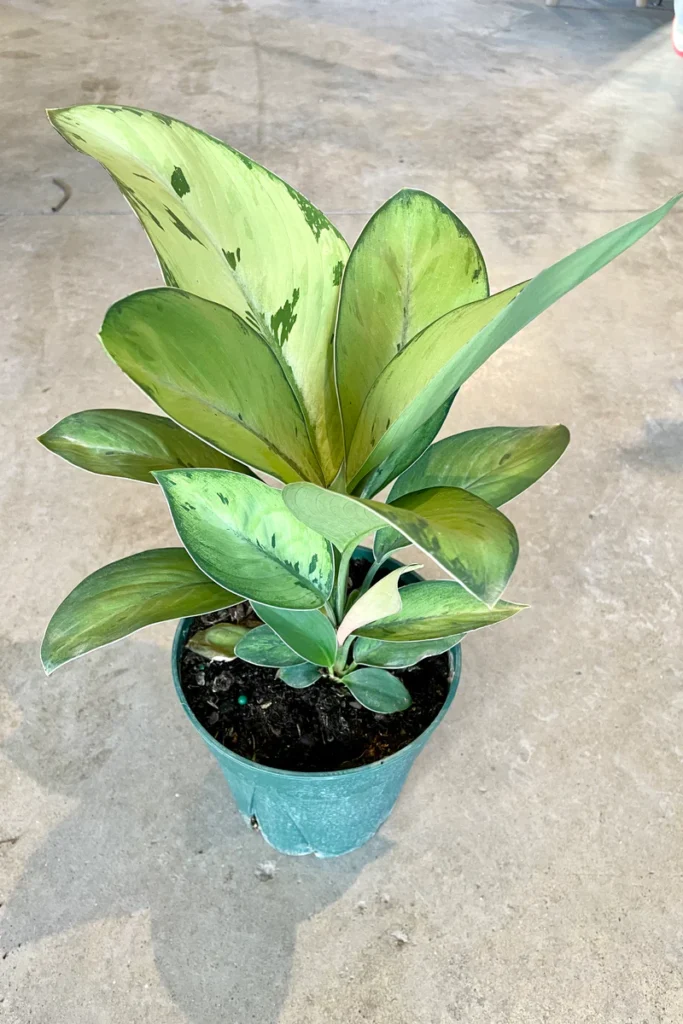
If you love big, juicy foliage, you can’t go wrong with the monster leaves of homalomena ‘Selby Massive.’ This heat and cold-tolerant hybrid from Florida cultivators was specifically bred for large size.
Featuring enormous, arrow-shaped leaves up to 2 feet long, Selby Massive is sure to garner attention as a focal specimen in any indoor or outdoor space. Its thick, glossy foliage boasts a deep olive green hue highlighted by contrasting red veins and undersides.
In warm climates, this big homalomena can eventually reach up to 6 feet tall. In cool conditions it stays smaller, making a dramatic tabletop plant or accent in mixed containers. Give it a supporting stake to keep those massive leaves from splaying outward as it grows.
4. Rabbit Ear Homalomena

Botanical Name: Homalomena radicans
Earning its name from the distinctive rabbit ear shaped leaves, homalomena radicans is a charming little novelty plant. The long, bright green blades have rounded lobes on each side resembling cartoon bunny ears.
This diminutive homalomena typically tops out at just 12 inches in height, making it a fun choice for terrariums or miniature gardens. The small stature also lends well to mounting on driftwood or logs for an epiphytic display resembling its native forest habitat.
Homalomena radicans will produce thick, fuzzy roots that hang over the pot or creep along surfaces, so take care when placing this plant. It’s sometimes grown as a ground cover in humid greenhouse settings. The ‘Fine Linea’ cultivar has more narrow, strap-like leaves for added interest.
5. Homalomena ‘Lime Star’
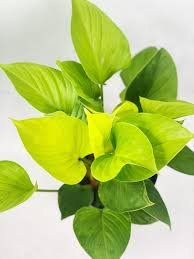
For a real pop of brightness, look no further than the vivid chartreuse and green tones of homalomena ‘Lime Star.’ A cultivar of H. srebrenickii, this little electrifying plant has perfectly oval leaves in shades of neon lime green splashed with darker hunter green shades.
The glossy pointed leaves of Lime Star are smaller than some other homalomena types, reaching just 6-8 inches long on upright stems that radiate outward in a vase-shape. Its compact size makes this lime green homalomena variety perfect for bright desks or tabletops.
Keep your Lime Star in a warm, humid spot with bright, indirect light for best leaf coloring. Too little light or cold temps will dull the foliage to lush shades of green. With its glowing tones and moderate growth rate, this vivid homalomena looks stunning planted alone or massed out in containers.
6. Silver Sword Homalomena
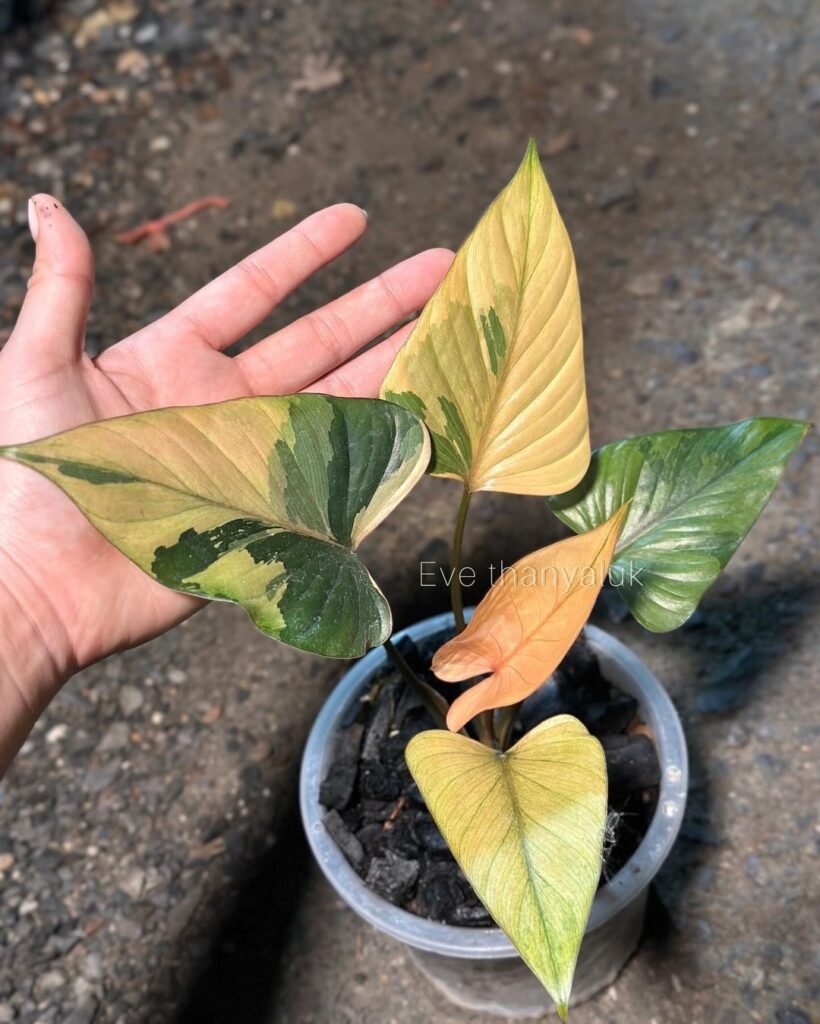
Botanical Name: Homalomena aromatica
Speaking of glowing foliage, the silver sword homalomena is another fluorescent variety that demands attention! Huge, ghostly silver-green blades emerge sword-like from this tall grower, providing a radiant pop against the maroon leaf veins and bright red petioles.
This species can reach up to 5 feet tall when cultivated in indoor containers, so give it plenty of headroom and bright light. The fuzzy red leaf stems and burgundy undersides add to the otherworldly appeal of the broad, arching leaves.
Silver sword is one of the most sought-after and attention-grabbing homalomenas for large indoor spaces or atriums. For an extra exotic boost, let it produce its funky, pink-tinged flower spaths that appear under the leaf axils.
7. White Rain Homalomena
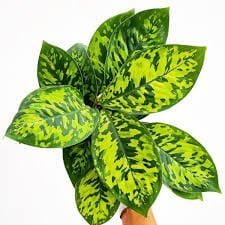
Botanical Name: Homalomena wallisii ‘White Rain’
If you’re hunting for a conversation starter, the rare cultivar Homalomena wallisii ‘White Rain’ definitely fits the bill! This extraordinary homalomena nearly glows with its brilliant cream-colored foliage striped and mottled in shades of green.
As an offshoot of the naturally variegated H. wallisii species, White Rain features neon cream and lime green tones arranged in blotches and streaks dashing across each leaf’s surface. There’s no two leaves alike on this quirky singleton.
Finding true White Rain homalomenas in cultivation is a challenge due to their instability and slow growth rates. If you manage to track one down, give it plenty of bright indirect light and high humidity to encourage the wild variegation to stabilize and mature foliage to emerge properly.
With their unfussy care needs, incredible diversity of leaf shapes and colors, and compact growth habits, homalomena plants are an excellent way to indulge your love for lush, tropical foliage. From the subtle sophistication of emerald gems to the riotous neon tones of lime stars, there’s a homalomena variety to complement any decor style or plant passion. Expand your houseplant horizons with one of these fabulous foliage plants!
Pingback: Monstera Dubia Plant Care Guide Garderners Schools
Pingback: Fantastic Foliage: Exploring Homalomena Varieti...
Pingback: Fittonia: Adding a Splash of Color to Your Home
Pingback: Black Currant: A Comprehensive Guide Gardeners school
Pingback: Monstera Obliqua: A Guide to Caring for the Elusive Delight
Pingback: Heuchera Palace Purple: A Vibrant Addition to Your Garden